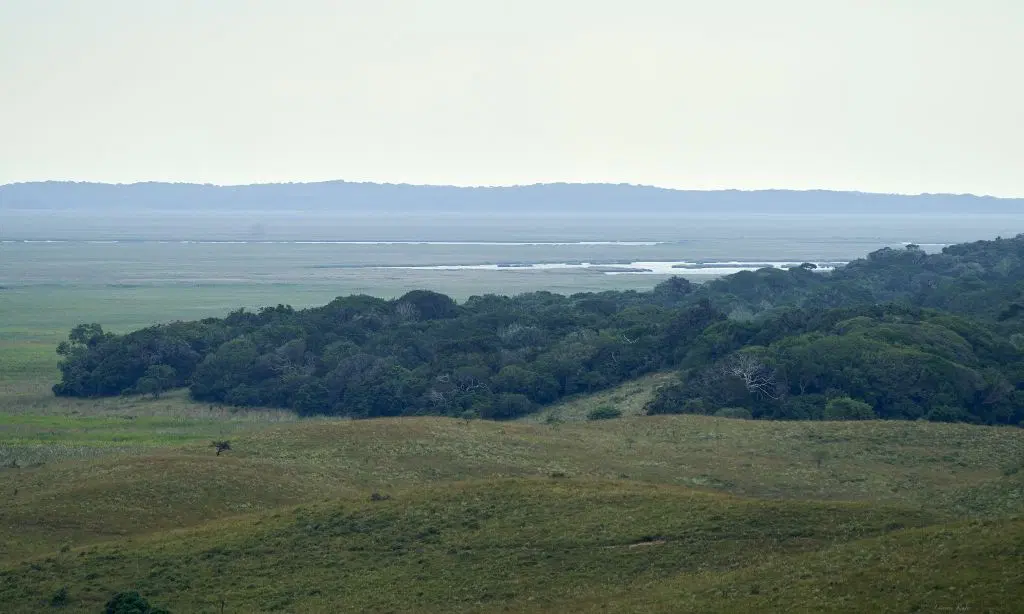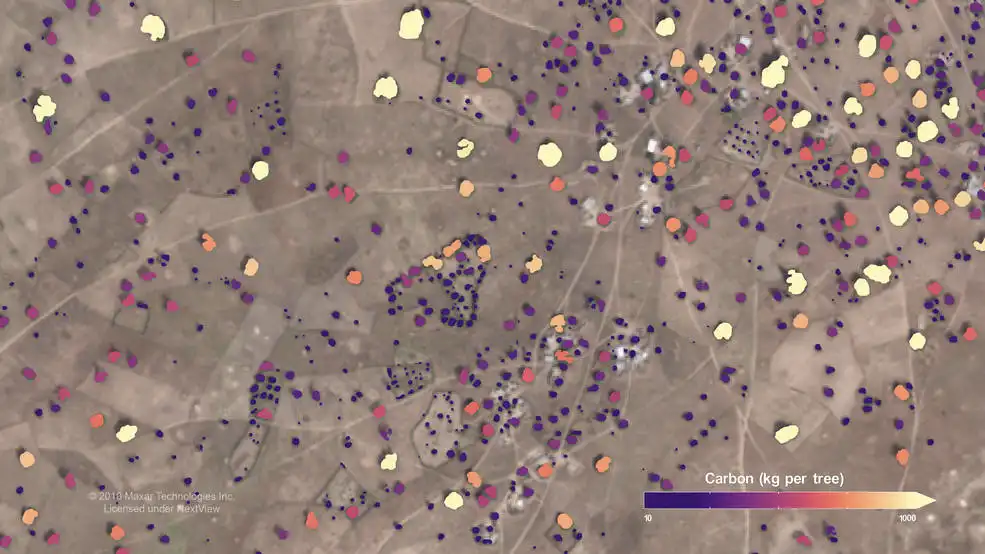
New research has made significant strides in understanding how coniferous forest ecosystems may respond to climatic changes. The study investigates the relationship between tree-ring indices (TRI) and the Normalized Difference Vegetation Index (NDVI) in the context of climate, topography, and…
Read More











